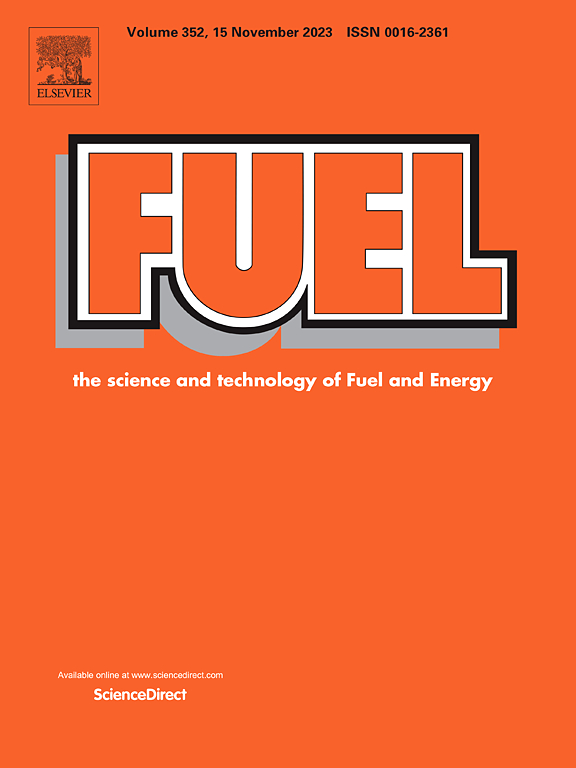Optical and computational investigations: Assessing the impact of absolute ethanol mixtures on diesel spray behavior
IF 6.7
1区 工程技术
Q2 ENERGY & FUELS
引用次数: 0
Abstract
Spray characteristics are among the variables that have a direct impact on both engine performance and engine design, thus significantly affecting the ignition and emission parameters of diesel engines. This study combines experimental methods and computational fluid dynamics simulations to comprehensively investigate spray characteristics. A constant volume chamber replicating diesel engine conditions is utilized to assess the impact of incorporating absolute ethanol in diesel blends. MATLAB image processing techniques are employed to analyze the spray development images captured using a high-speed camera with the shadowgraph optical method. Macroscopic spray features, including spray penetration length, cone angle, and spray area are studied experimentally, while simulations explore microscopic features like Sauter mean diameter. The experimental matrix varies the absolute ethanol content (10%, 20%, 30%) in the blends and the injection strategies. Results reveal that ethanol addition alters the fuel’s physicochemical properties, reducing density, viscosity, and surface tension, leading to shorter penetration and broader cone angle. Blends with lower viscosity and surface tension exhibit larger cone angles, while higher-density blends boost penetration. Increasing ethanol concentration further reduces droplet size, indicating enhanced spray breakup and atomization processes. Moreover, the spray characteristics are also influenced by injection parameters highlighting the importance of an optimized injection strategy in spray development.

求助全文
约1分钟内获得全文
求助全文
来源期刊

Fuel
工程技术-工程:化工
CiteScore
12.80
自引率
20.30%
发文量
3506
审稿时长
64 days
期刊介绍:
The exploration of energy sources remains a critical matter of study. For the past nine decades, fuel has consistently held the forefront in primary research efforts within the field of energy science. This area of investigation encompasses a wide range of subjects, with a particular emphasis on emerging concerns like environmental factors and pollution.
 求助内容:
求助内容: 应助结果提醒方式:
应助结果提醒方式:


